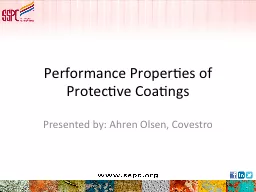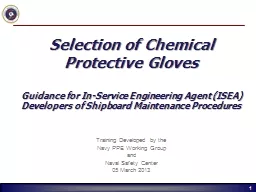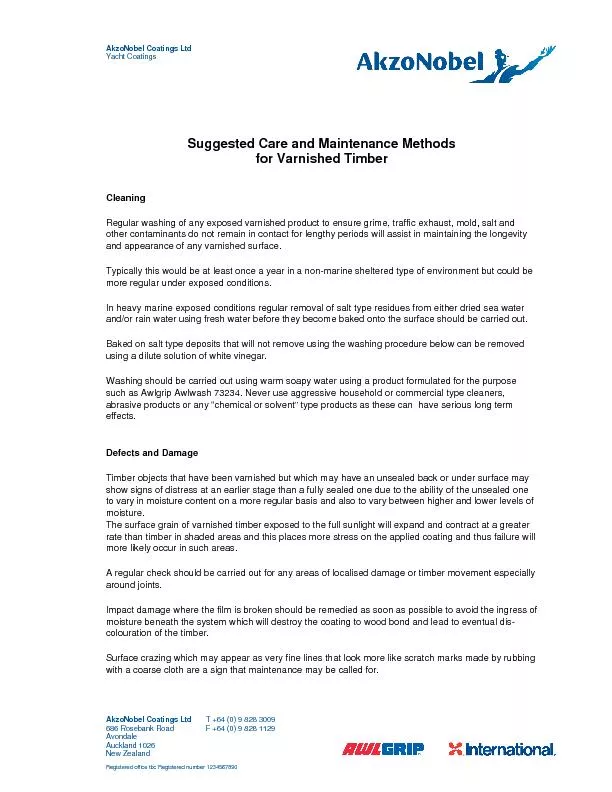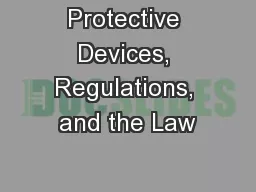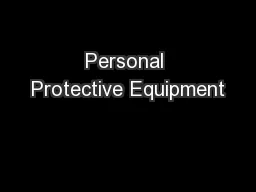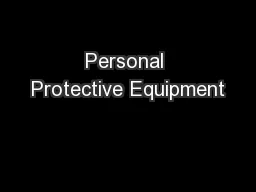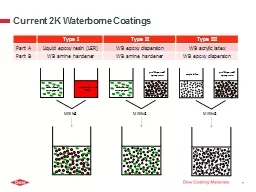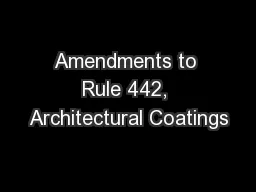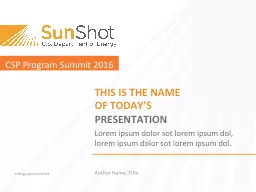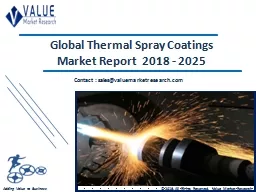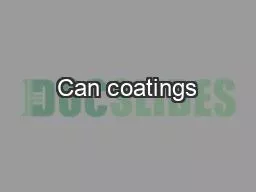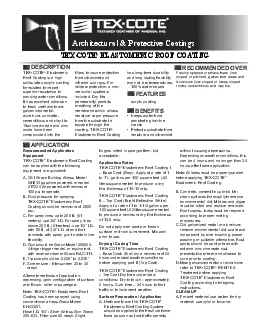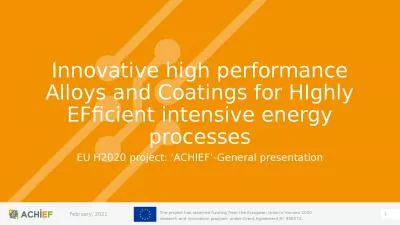PPT-Performance Properties of Protective Coatings
Author : natalia-silvester | Published Date : 2017-01-18
Presented by Ahren Olson Covestro LLC Introduction This presentation will provide an general overview on protective coatings used in the industrial and marine industry
Presentation Embed Code
Download Presentation
Download Presentation The PPT/PDF document "Performance Properties of Protective Coa..." is the property of its rightful owner. Permission is granted to download and print the materials on this website for personal, non-commercial use only, and to display it on your personal computer provided you do not modify the materials and that you retain all copyright notices contained in the materials. By downloading content from our website, you accept the terms of this agreement.
Performance Properties of Protective Coatings: Transcript
Download Rules Of Document
"Performance Properties of Protective Coatings"The content belongs to its owner. You may download and print it for personal use, without modification, and keep all copyright notices. By downloading, you agree to these terms.
Related Documents

